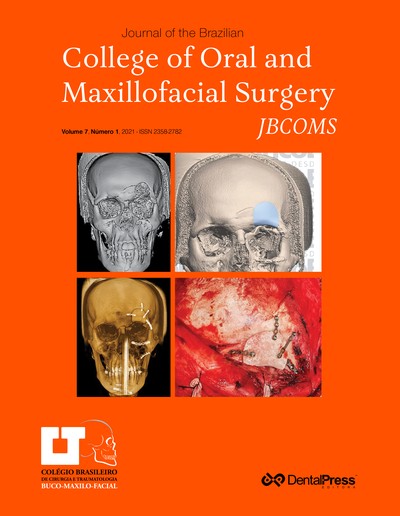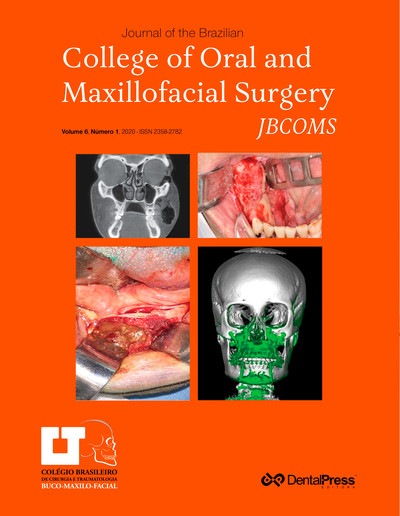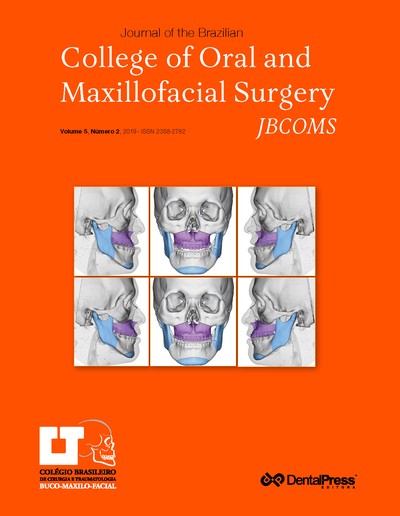
Orthognathic surgery in patient with Down syndrome: case report
DANIEL MIRANDA DE PAULA, MARINA GONÇALVES DE ANDRADE, RODRIGO ANDRADE LIMA, MARIANA MACHADO MENDES DE CARVALHO e WEBER CEO CAVALCANTE
Down syndrome (DS) is a congenital autosomal disease characterized by a deficiency of growth and mental development. These patients have a small skull, midface shortening, nasal bone depression, flattened malar, mandibular branch, body and symphysis decreased, and eyes tilted upward. The sagittal maxillary growth is closely related to the skull base growth. DS patients may have posterior cross bite, open bite, dental and/or skeletal Class III, underdevelopment of orofa- cial muscles, deficiency in the lip seal, tongue projection against the teeth, which carries a bad teeth positioning compromising the oral health. These patients also have a reduced airway, macroglossia, hypertrophy of the tonsils, suction problems, speech and chewing are usually related to Down syndrome. Objective: To report a case of a Angle Class III patient with SD. It was made a maxillary and chin advancement, also a bone graft on the chin. After the surgery the patient had a stable occlusion. Conclusions: It can be concluded that the benefits arising from orthognathic surgery to correct causes of disability in the physiological growth providing an improvement in function and aesthetics.
Keywords: Orthognathic surgery. Down syndrome. Orthodontics.
How to cite: De Paula DM, Andrade MG, Lima RA, Carvalho MMM, Cavalcante WC. Orthognathic surgery in patient with Down syndrome: case report. J Braz Coll Oral Maxillofac Surg. 2020 Jan-Apr;6(1):22-7.
Saturday, May 04, 2024 06:44










